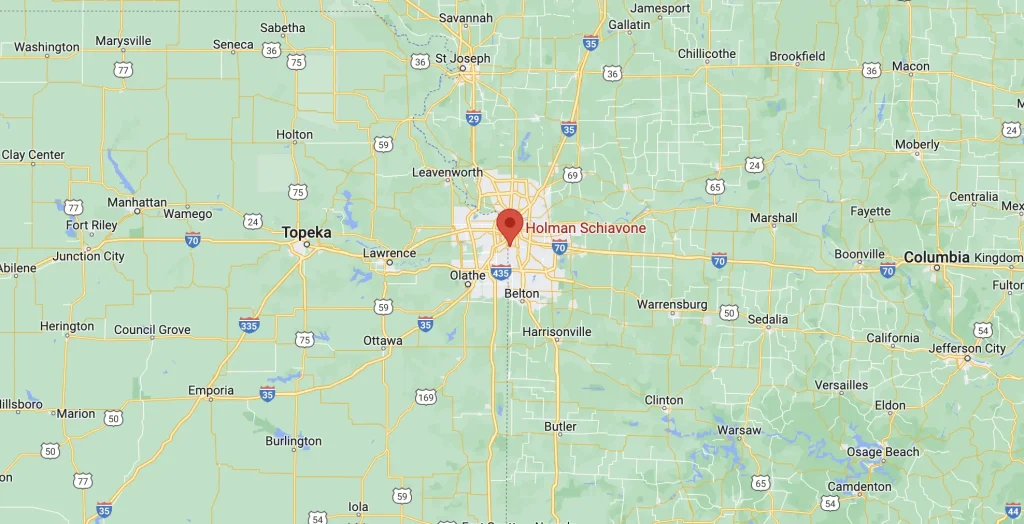The Occupational Safety and Health Administration released new rules to protect workers who are exposed to respirable silica. Silica is a fine dust that is breathed in and causes silicosis, an incurable disease. It is found in a multitude of products, most notably concrete and stone. Workers are exposed as they drill, dig, grind and crush this material, which creates the dust that is breathed in. This article will go over the changes and how it affects you.
The new rules:
- Grant employers more flexibility to design programs to tackle silica exposure.
- Reduce the exposure limit for workers down to 50 micrograms per cubic meter of air.
- It provides medical exams to workers who are highly exposed.
- It requires employers to reduce the exposure amounts through training programs, medical programs, respirators and ventilation. Employers may select the best method to reduce exposure.
OSHA estimates that these changes will reduce new cases by 900 and save 600 lives a year. It introduces protections for 2.3 million workers, including 2 million construction workers who are exposed to silica. It provides protections for workers in brick manufacturing, hydraulic fracturing and foundries. It will further save an estimated $7.7 billion in medical costs a year.
Depending on your job, your employer has one to five years to begin implementing these changes after June. If your employer does not start making changes, then your rights may be violated and you could have an actionable claim. You may want to speak to an employment law attorney to review your rights. Working a job doesn’t mean that you have to accept that you will become sick. You deserve to work in a safe environment.


